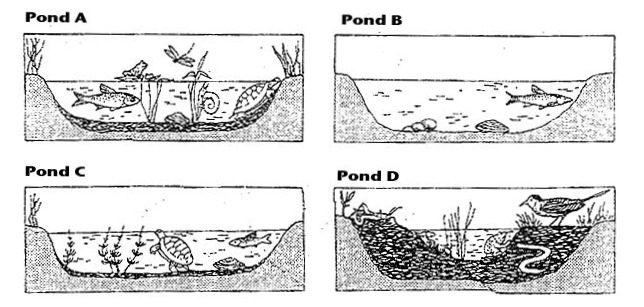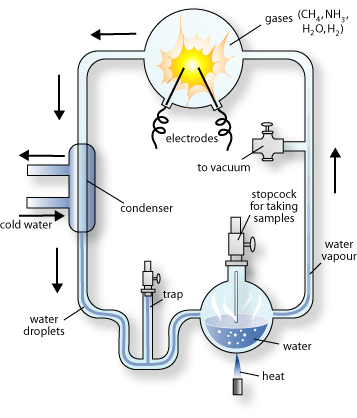This video clip illustrates the mechanisms of photosynthesis and cellular respiration. It introduces ATP, the universal energy carrier molecules that supply energy-hungry reactions. It also shows the structure and function of Chloroplasts and Mitochondria, energy transforming organelles.
After watching the video clip, you can answer the following questions for a great review on cellular respiration and photosynthesis:
1. List at least four life activities that require energy.
2. What type of energy do cells use?
3. How does ATP provide the energy needed for chemical reactions?
4. Where is the energy stored in the ATP molecule?
5. Where is ATP produced?
6. What molecules diffuse into the mitochondria?
7. Write down the chemical equation for cellular respiration.
8. How many ATP molecules can a cell produce under anaerobic conditions? And, under aerobic conditions?
9. What type of organic molecule is ATP synthase?
10. What molecules diffuse out of the mitochondria?
11. Write down the chemical equation for photosynthesis.
12. Why are plants autotrophs?
13. What colors of light does chlorophyll absorb?
14. What colors of light does chlorophyll reflect?
15. Where do the light reactions for photosynthesis occur?
16. Why are photosynthesis and cellular respiration considered to be coupled reactions?














































